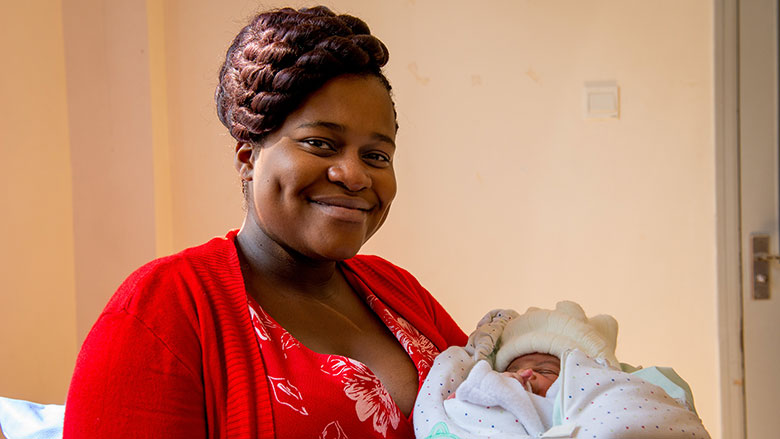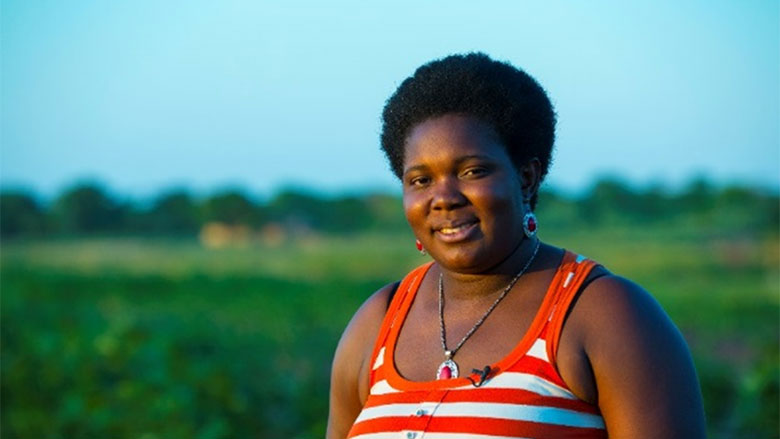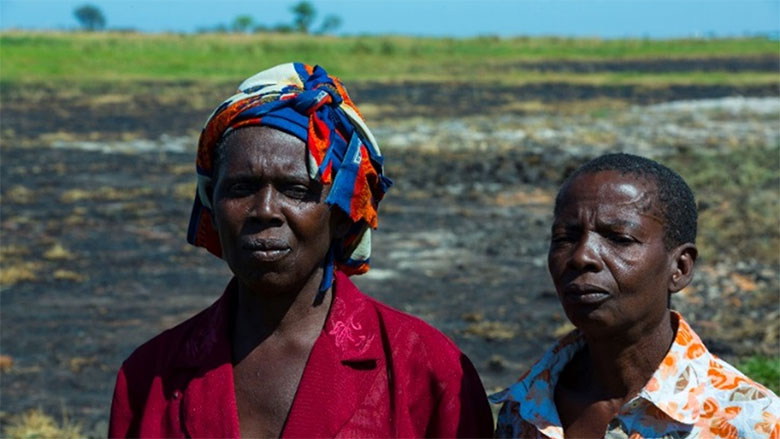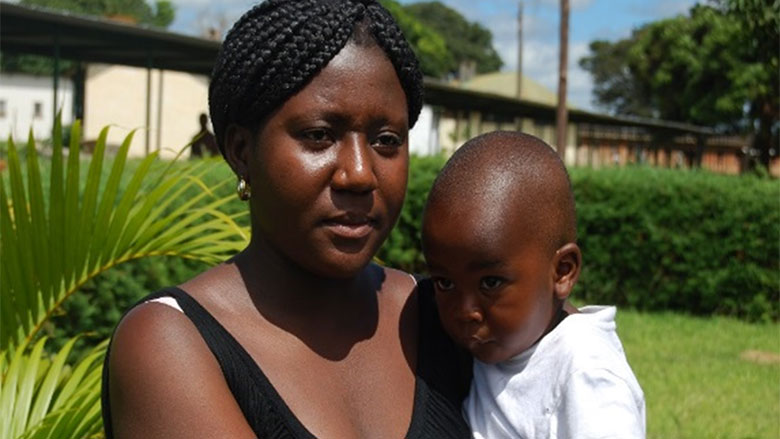Challenge
Zambia is a recent lower middle-income country (MIC) experiencing robust economic growth during the commodity boom averaging 7.4% (2004-2014). Since mid-2015, the economy has come under strain and growth has slowed to less than 3% in 2015. Economic growth has been poorly shared and poverty remains stubbornly high with a national average poverty rate of 54%, and rural poverty rate of 77%. Zambia also lagged on a number of Millennium Development Goals (MDGs), particularly those relating to extreme poverty and maternal and child mortality. The economy is heavily dependent on mining which accounts for 77% of exports. As a result, the country faces an urgent need to invest in economic diversification.
Agriculture: As agriculture is the livelihood of nearly 90% of Zambia’s rural population, improving agricultural productivity, investing in agribusinesses and developing markets is key to poverty reduction.
Health: HIV/AIDS, malaria and tuberculosis are Zambia’s biggest health development challenges. Malaria is endemic in all of Zambia’s 10 provinces and in both urban and rural areas, and predominantly attacks the most vulnerable populations, accounting for 40% of under 5 deaths and an estimated 20% maternal deaths.
Energy: The big development challenge is access to electricity with only 3.7% of rural households being connected to the grid compared to about 68% in urban areas. Among the Bank’s first projects in Zambia was the construction of the Kariba Dam in 1955, which continues to be the main source of most of Zambia’s electricity.
Approach
The government aims to reduce poverty, create jobs and make Zambia a prosperous MIC by 2030. The WBG Country Partnership Strategy (FY13-FY16) is aligned to this goal and specifically supports the implementation of the National Development Plans. Specifically, in line with this aspiration, it focuses on: (i) reducing poverty and the vulnerability of the poor; (ii) improving competitiveness and infrastructure for growth and employment; and (iii) improving governance and strengthening economic management.



